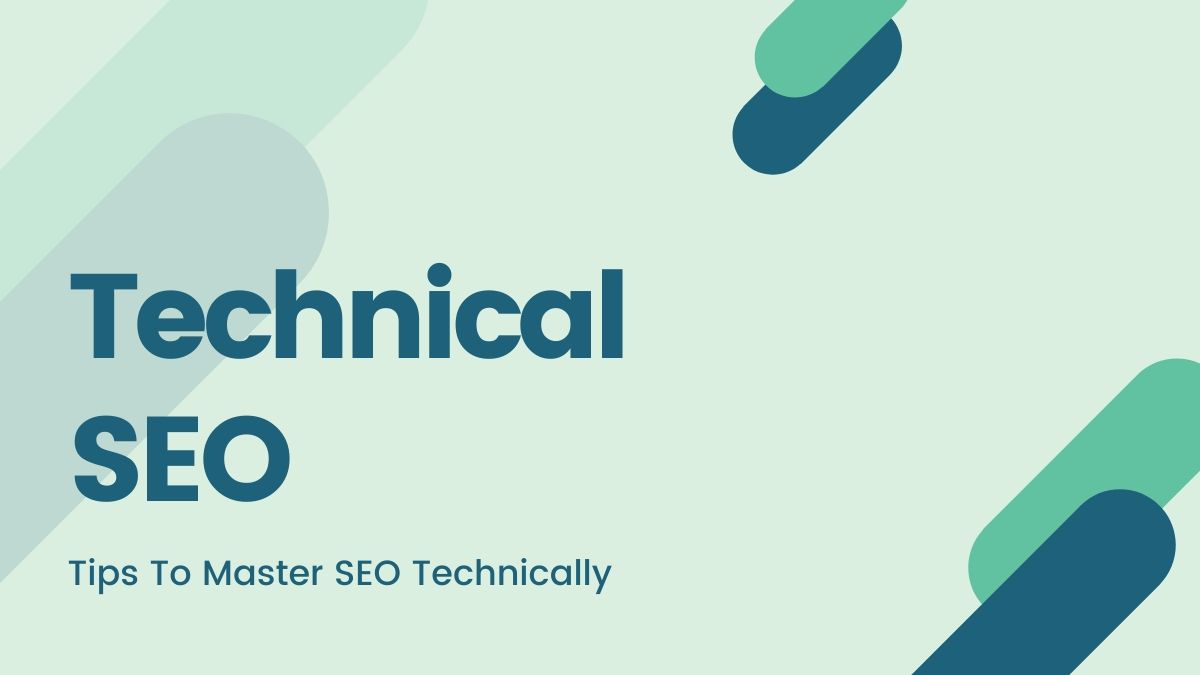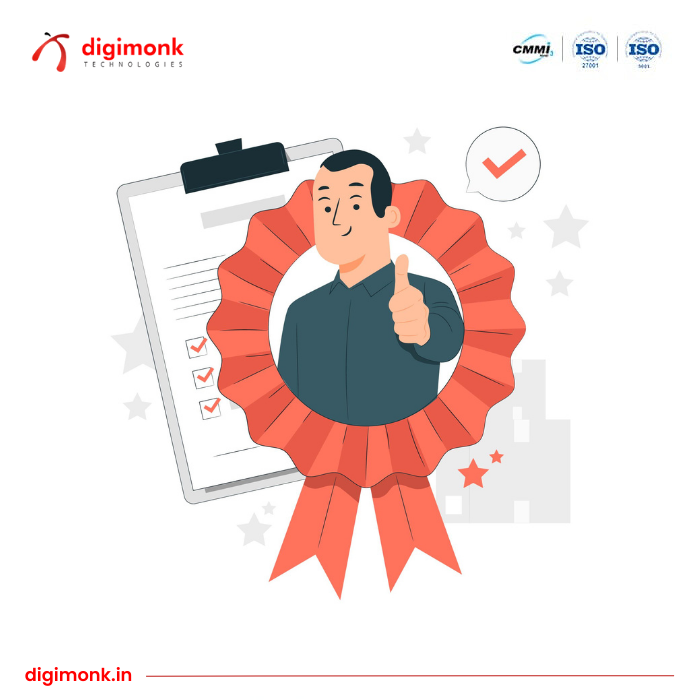10 August, 2023

Are You Looking For a
Web Devlopement | App Devlopement

10 Technical SEO Tips
These days Seo has become very competitive as compared to what it used to be 5-7 years back. Back days, it was very easy to rank with backlinks and keyword placement. But nowadays there are many factors that affect the ranking of your site. One of those factors is Technical SEO.
So today in this article we are going to talk about technical SEO. And how you can boost your rankings by applying these simple technical tricks.
What is SEO?
In case you are new to this industry, so let us start with a basic introduction of the term SEO. The full form of SEO is Search Engine Optimization. As the full form suggests to optimize your website and content according to the search engine. This helps publishers to get better search rankings.
Google’s ranking algorithm work on crawling and indexing. It’s bots and crawlers crawl your website and according to various signals from your website define your ranking.
These signals are the optimization activities that you perform on and off your website. On the basis of activities, SEO can be divided into three categories.
1. On-page SEO
2. Off-page SEO
3. Technical SEO
Technical SEO
Many people mix the on-page SEO with technical SEO. The main reason behind this is that both these activities are performed on the website. So it is very difficult to distinguish between them. Therefore first, let’s understand what is the difference between them.
Difference between On-page SEO and Technical SEO
With on-page SEO you optimize the content of your website to make it search engine and user-friendly. While in Technical SEO optimizer optimize the website from technical perspectives that have nothing to do with the website’s content.
The main aim of technical SEO is to make the website crawler friendly. This helps in the faster crawling and indexing of your website which ultimately results in improved rankings. The following are some of the technical SEO practices that every optimizer should practice.
10 Technical SEO Practices
Now here are some of the activities that every optimizer should deploy.
1. Canonical URL
Providing a canonical URL of a web page is one of the most popular SEO practices these days. Specifying a canonical URL tells the crawler that this particular content represents the master copy of this page. It also helps in the index of your content.
Suppose that example.com is the URL of your page. Then you have to add <link href="https://example.com" rel="canonical"> this tag into the code of your page.
This simple trick saves you from copy and duplicate content issue on your site.
2. Optimize Robot.txt
If you have ever heard about robot.txt file then you must be knowing what it does. It tells the search engine bots which pages to index and which pages not to on your website.
Suppose if you have a page on your website which has the same content as others. Then you won’t probably want to index it. In this case, you can specifically tell the bots not to crawl and index this page.
In this file, you can also specify the types of bot you want to block from indexing. Like Google bots, yahoo bots or bing bots. If you want to get more information you can visit this page.
3. Valid SSL Certificate
Data security is the main thing that most people consider these days. Google and other service providers are also focusing on the data security of their users. In this course, SSL or HTTPS comes into play.
An SSL certificate encrypts the data that is transferred between the website and the server. This data may include the email, phone no., address, etc. of your user.
If you don’t have an SSL certificate then your website must be opening with Http. To activate the SSL you have to contact your hosting provider. After the activation of SSL, you have to do a process of redirection so that every time your website should open with https only. If you are using Wordpress then it can be done by using really simple SSL plugin.
HTTPS is a very important ranking signal for search engines. Apart from rankings it also builds trust between you and your users.
4. AMP (Accelerated Mobile Pages)
Today the majority of searches on the web are on mobile devices. So it becomes necessary for webmasters to have a high-speed mobile-friendly site. Here AMP is a project that makes it easy for you to optimize your site accordingly.
AMP is an open-source framework from Google. It consists of HTML, JS and cached library. AMP makes your site mobile responsive and loads faster on mobile. This enhances the user experience on your site and helps you to decrease your bounce rate.
Low bounce sends signals to Google that a particular page is a fit to be ranked higher.
5. XML Sitemap
XML sitemap of your website also helps in the faster indexing of your website. You can generate the sitemap and upload it into your google webmaster tool.
Also, don’t forget to optimize the sitemap. You can exclude the tag pages from the sitemap as they don’t any relevant content on them.
Conclusion
So these are the top 5 most important technical SEO practices that you should always do while working on any project. Remember SEO is not just about on-page and technical SEO. But these are the foundation of a successful SEO campaign.
If you like this article feel free to share it.






